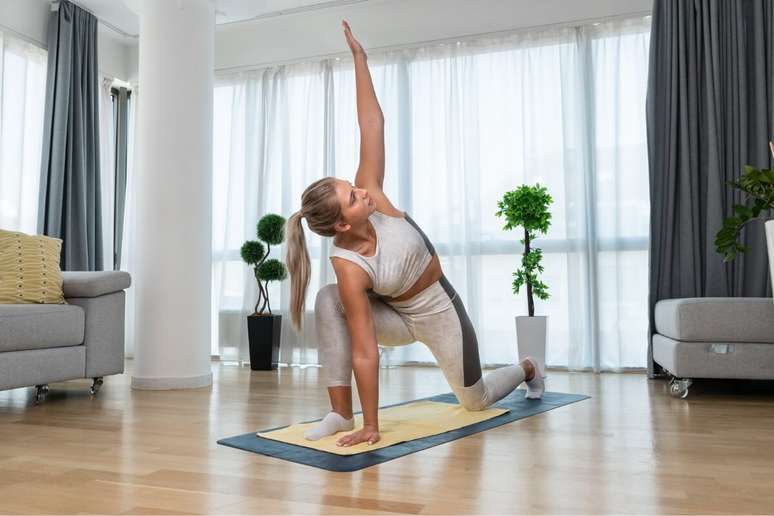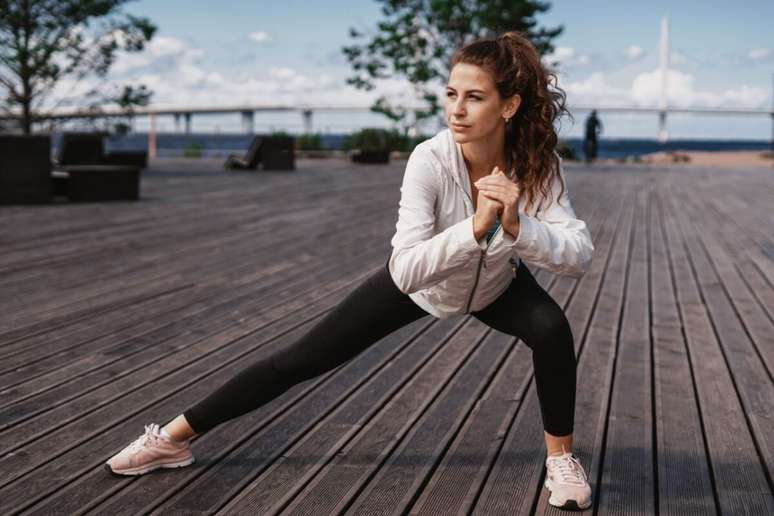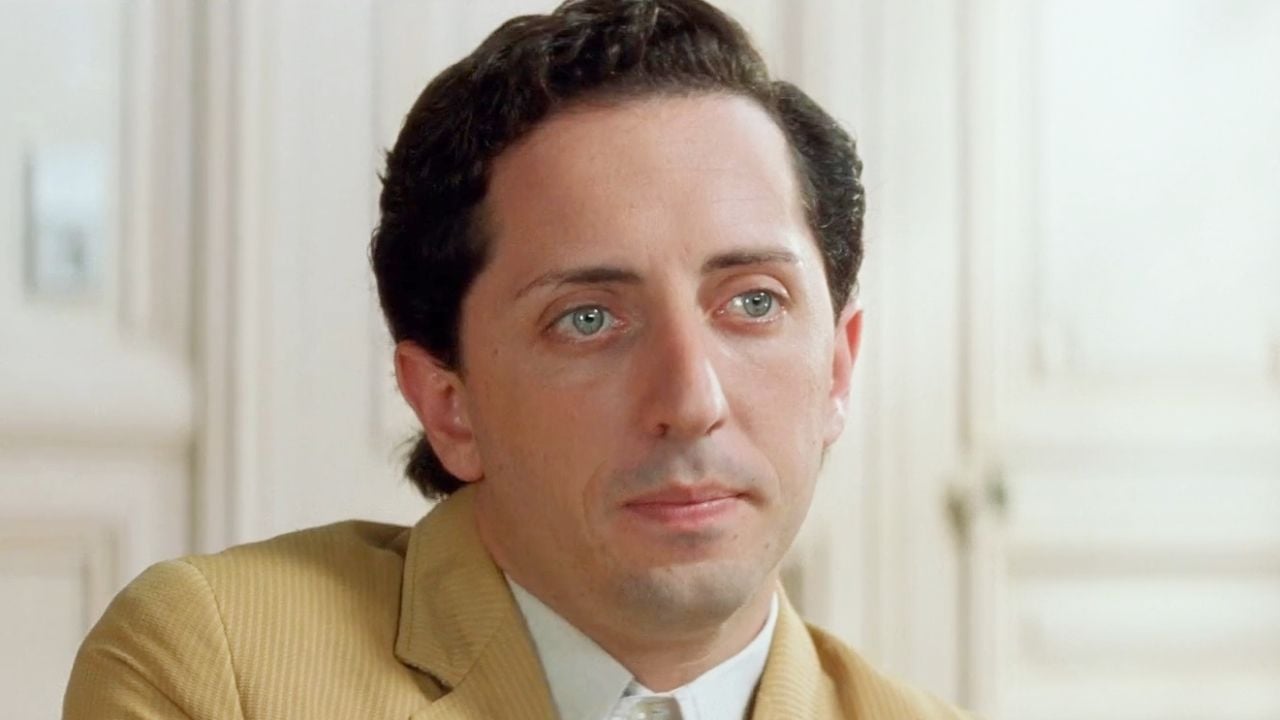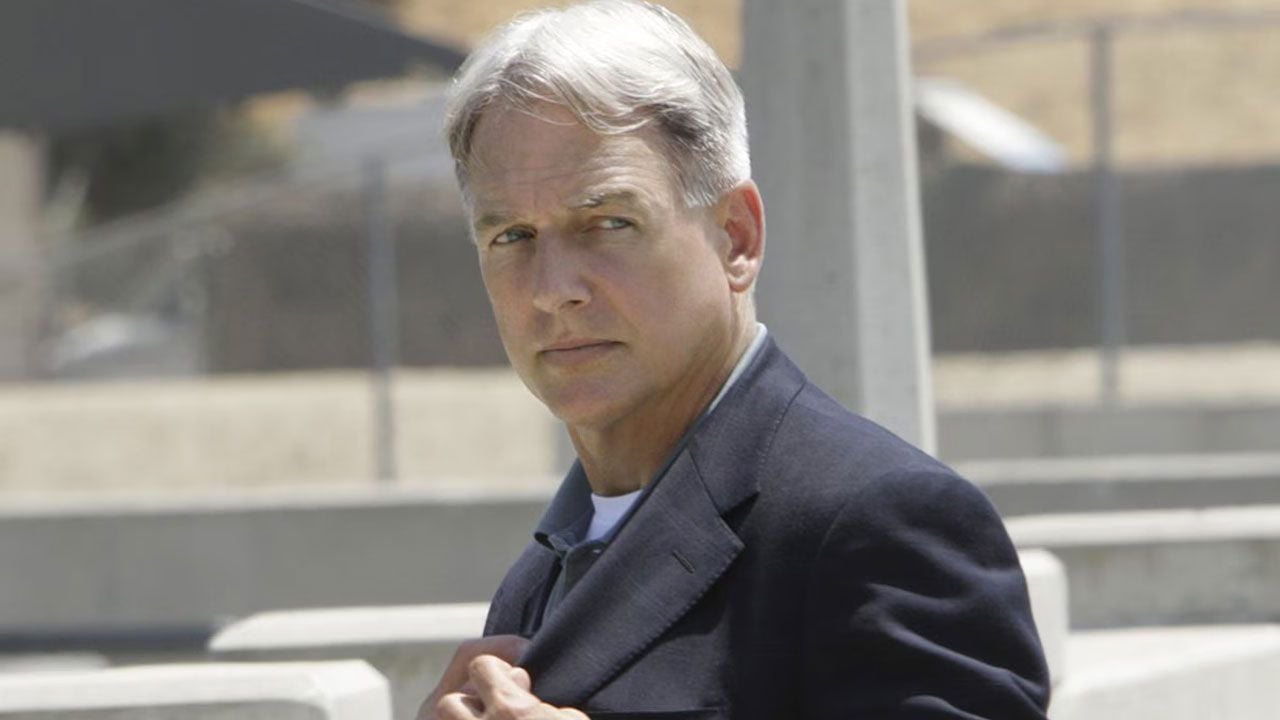Find out how regular physical activity can benefit from physical and mental health
According to data from the World Health Organization (WHO), physical inactivity is responsible for the death of about five million people per year. A recent WHO report stressed that a third of the world adult population is physically inactive. In addition, the study made an important warning: between 2020 and 2030, about 500 million people will be able to develop health problems such as heart disease and obesity due to physical inactivity.
In Brazil, the scenario remains critical. The country is considered the most sedentary in Latin America and the fifth in the world ranking. Here, about 300,000 people die every year due to diseases associated with physical inactivity. According to the Brazilian Institute of Geography and Statistics (IBGE), 47% of adult Brazilians are sedentary and among young people the rate is even more alarming: 84%.
Impacts of physical health in health
WHO consider sedentary The individual who does not practice at least 150 minutes of moderate exercise per week – the equivalent of just over 20 minutes a day. It may seem little, but this minimum time has been neglected by a significant part of the population.
“The doctor has a totally negative impact on our health, especially in the medium and long term. We must know the risks of inactivity and seek paths for a more active life,” says Alex Barros, professor of physiotherapy at Unisociesc.
According to the professional, physical inactivity can be a silent villain. The absence of exercise not only aggravates pre -existing diseases, such as hypertension and diabetes, but also significantly increases the risk of developing serious conditions, even in apparently healthy people.
Among the most common problems relating to inactivity are cardiovascular disease, such as stroke (stroke – also known as stroke, stroke), as well as metabolic disorders such as obesity and type 2 diabetes. ” Physical inactivity also affects health mental. Many people with depression, for example, have a history of physical inactivity, “adds the teacher.
Leaving from physical inactivity and make the exercise a habit
Below, take a look at some simple and practical suggestions to overcome physical inactivity and make the exercise a habit!
1. Start with small changes
Be sedentary must not reach the minimum recommended weekly load of Exercise. This means that even someone who moves sporadically but does not add 150 minutes a week, it is still at risk.
This period of time may seem intimidating at first sight, but Alex Barros reassures: “If the person is organized, you can do 22 minutes a day. Those who prefer to train three times a week, for example, can make sessions of 50 minutes. The important thing is to maintain regularity”.

2. Try different methods of operating
It is wrong to think that it is necessary to enroll in a gym or invest in expensive equipment to adopt an active and healthy lifestyle. “There are people who say: ‘Oh, I don’t like the gym.’ All right.
3. Respect the limits of your body
The teacher underlines that any type of exercise that respects the minimum weekly time contributes to leaving the inactivity. But for those who have never exercised, the message is clear: go calmly. “The adaptation must be gradual, respecting the limits of the body. Starts with two laps in the block and gradually increases. Try running 12 kilometers on the first day, the risk of injury is very large “, he warns.
4. Constance is more important than the intensity
One of the main challenges for those who decide to get out of physical inactivity is to maintain constancy. It is common that the initial excitement is lost over time, especially when muscle pain is presented or when the routine is more agitated.
To maintain constancy, the tip is to establish realistic goals and look for what works best for your daily life. “The body will adapt. At the beginning, there is discouragement, desire to surrender, muscle pain. But after a few weeks, the body gets used to it and goes to” ask “that practice. physical activity In habit, “he says.
5. Make a standard exercise
The modern lifestyle, often marked by long hours sessions, inadequate diet and high stress, requires an active counterpart to maintain physical and emotional balance. In this context, in addition to the physical benefits, exercise is an important ally in the fight against anxiety and depression.
“Our central nervous system learns standards. If we teach healthy standardsLearn also. The body gets used to physical activity and this is missing when we don’t practice, “explains the teacher.
Over time, what has been an effort turns into necessity. Alex Barros compares the constant practice of exercise with a “good dependence”, a healthy habit that becomes a natural part of the routine, promoting the well -being and quality of life.
An attitude that is individual
THE Physicalism is a problem of public health that can be fought with simple attitudes. It is not necessary to be an athlete, nor spend hours in the gym. Just start – gradually, comfortably and constancy.
In the end, taking care of the body takes care of life. And it starts with a step. Or, who knows, with a tour in the block. “What will your choice be? Who will not have time to take care of health, will have to be able to treat the disease,” underlines the teacher.
By Genara Rigotti
Source: Terra
Ben Stock is a lifestyle journalist and author at Gossipify. He writes about topics such as health, wellness, travel, food and home decor. He provides practical advice and inspiration to improve well-being, keeps readers up to date with latest lifestyle news and trends, known for his engaging writing style, in-depth analysis and unique perspectives.









